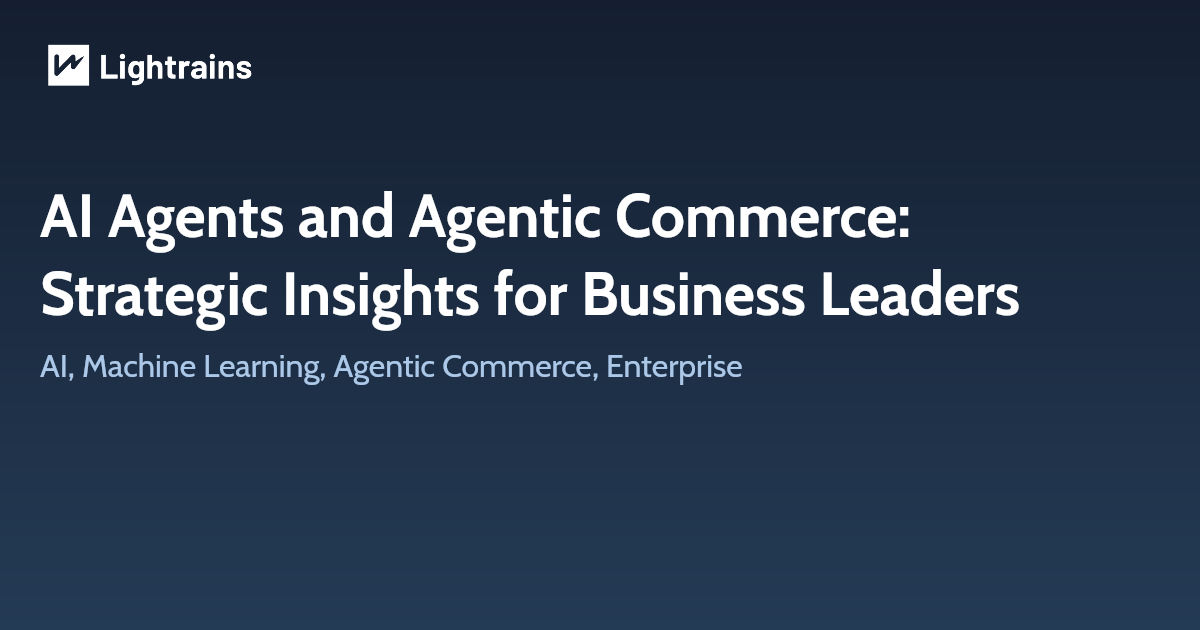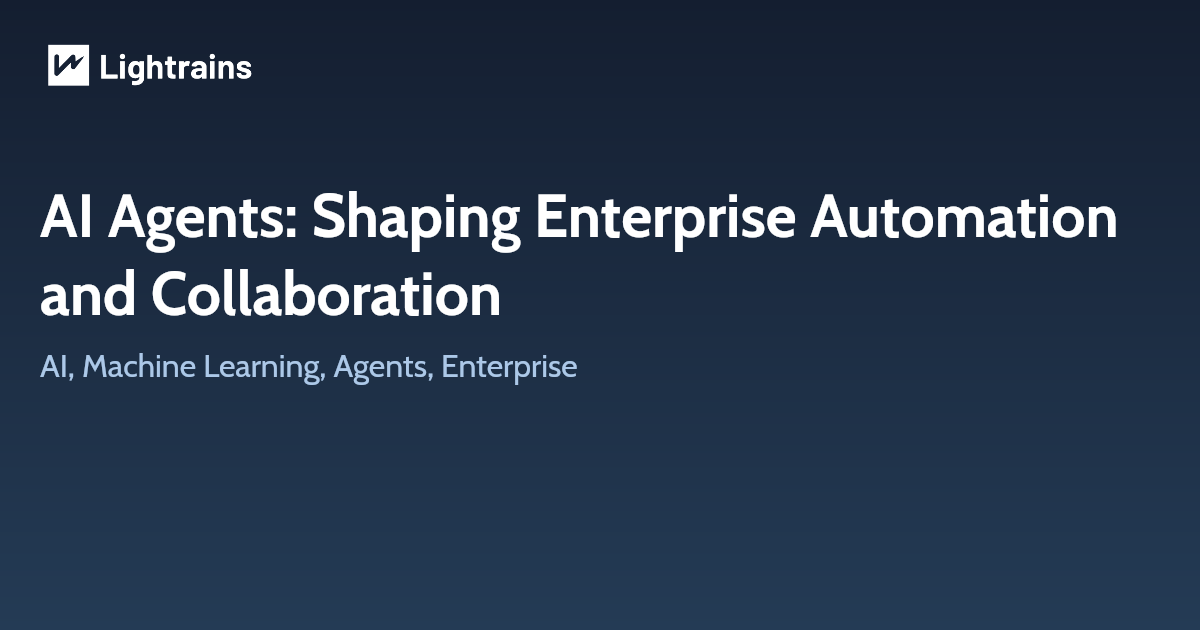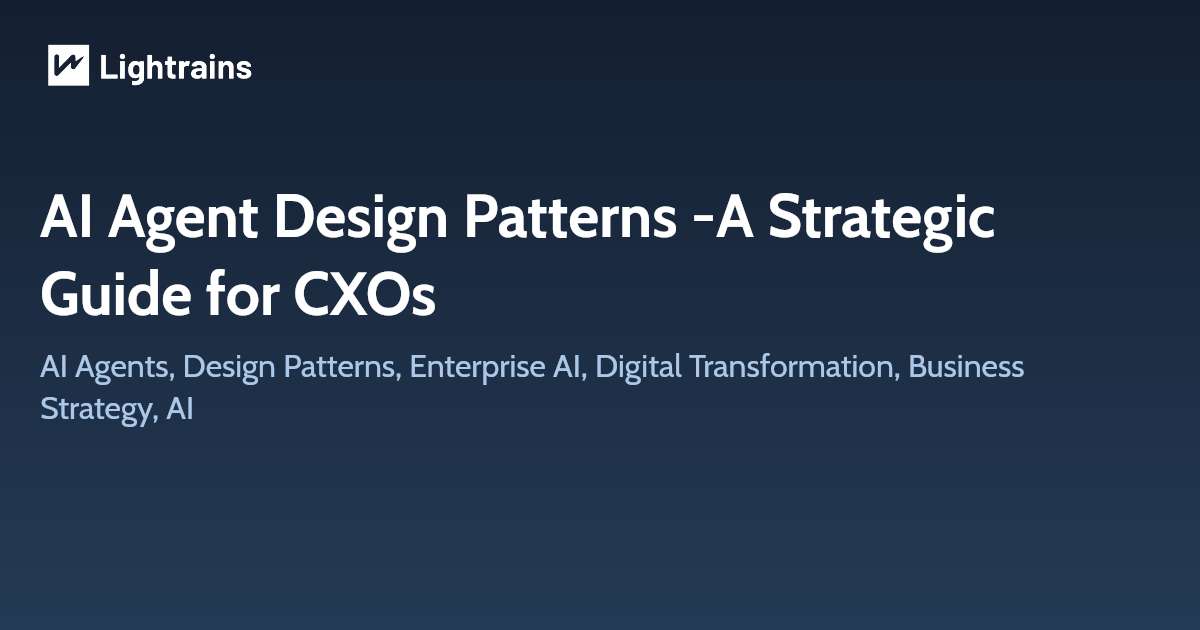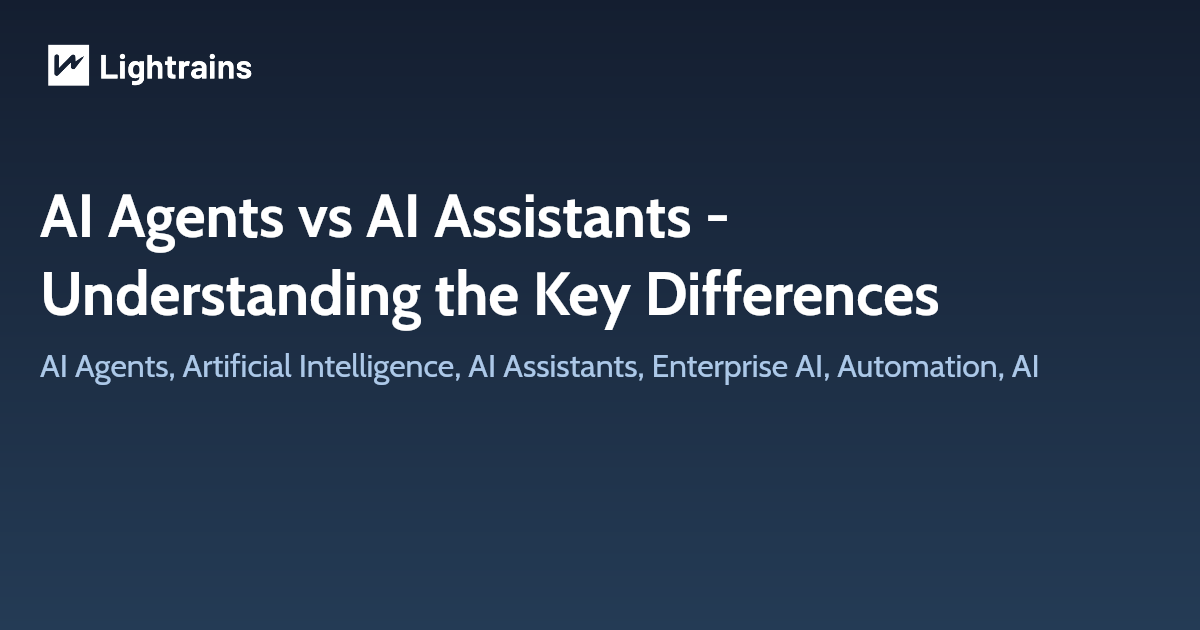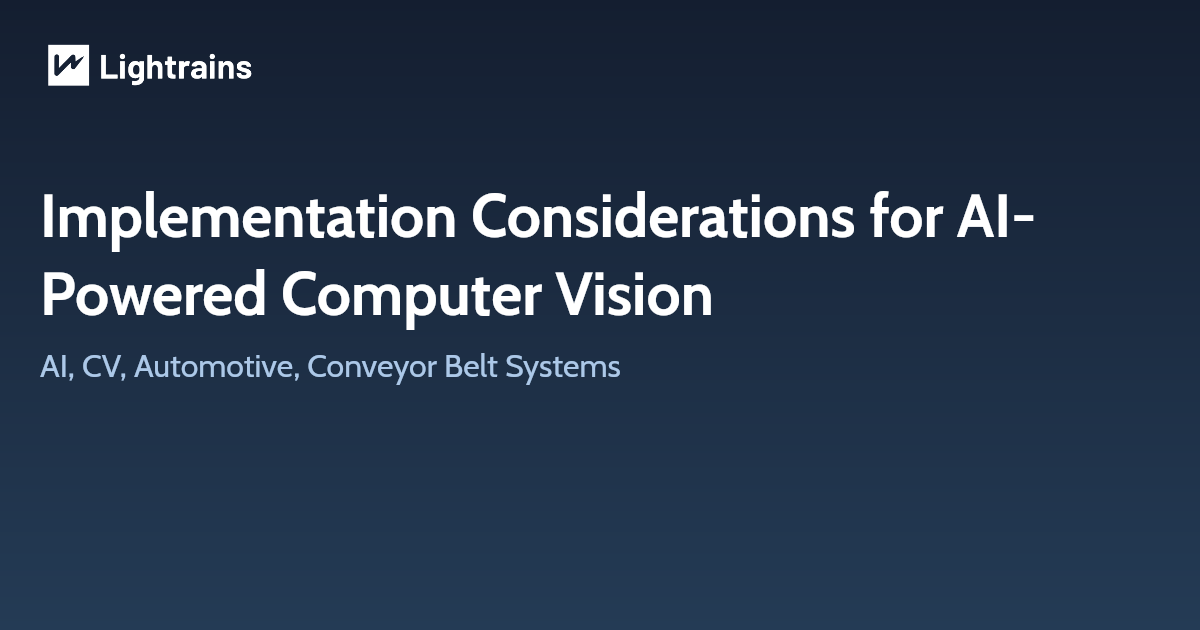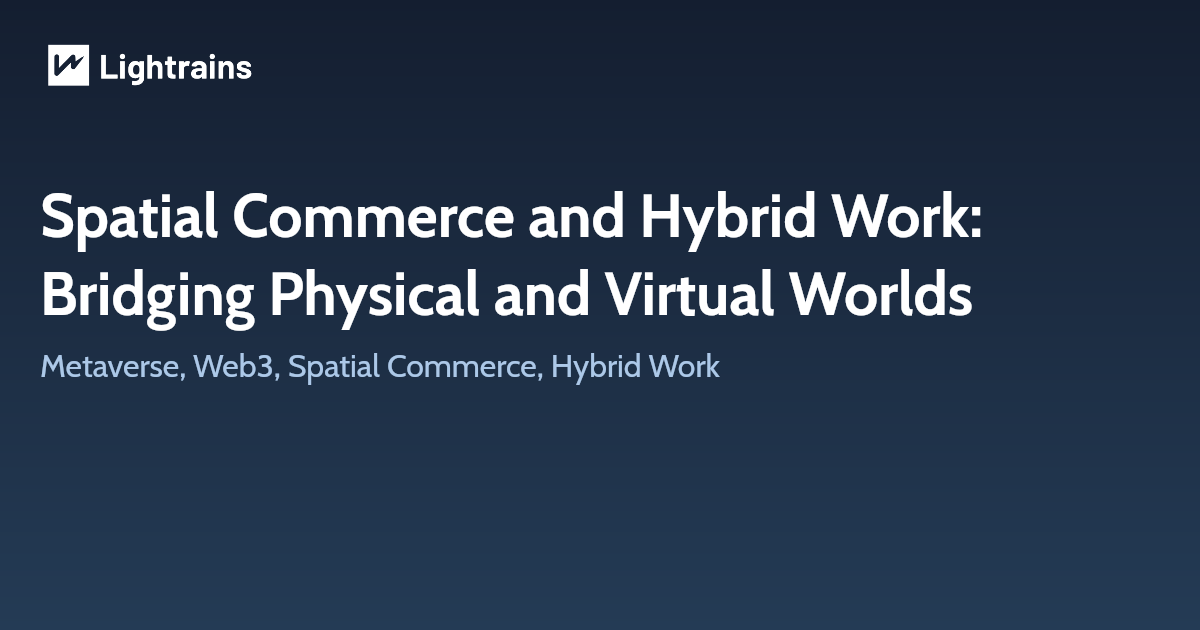
From screens to spatial experiences
Spatial computing is moving beyond prototypes and into everyday commerce and collaboration. Instead of browsing products on flat screens, you can walk through a virtual showroom, place furniture in your living room with augmented reality and interact with digital assistants in three dimensions. Meanwhile, hybrid work is evolving from basic video calls to immersive collaborative spaces where participants share holographic whiteboards and real‑time data visualizations. Analysts estimate that the global metaverse market, which encompasses these technologies, could grow from US $52 billion in 2022 to over US $1 trillion by 2030, a compound annual growth rate of 45.5 percent. Major technology companies are investing heavily: Meta launched Ray‑Ban Meta Display glasses with a waveguide display and muscle‑reading neural band in October 2025. It introduced Horizon TV, a VR streaming hub for entertainment, and unveiled Oakley Meta Vanguard smart glasses aimed at athletes. Nvidia partnered with leading platforms to stream high‑fidelity virtual environments from the cloud. In September 2025, Meta released Horizon Workrooms 3.0, a virtual collaboration platform with AI‑driven tools designed for enterprise teams. Together, these moves signal that spatial experiences are transitioning from hype to mainstream utility.
Immersive wayfinding and digital twins
Beyond headline product launches, spatial commerce is finding practical footholds in industry. At the AWE USA 2025 conference, speakers highlighted how immersive AR wayfinding and digital twins transform operations across retail, industrial sites and event venues. Digital twins provide real‑time replicas of physical spaces, enabling retailers to optimize shelf layouts, route maintenance teams through warehouses and deliver personalized customer journeys. AR wayfinding overlays directions onto the physical world, guiding consumers through malls or employees through complex facilities. These applications illustrate that spatial computing is not just for gaming; it offers concrete return on investment by reducing maintenance costs, improving customer satisfaction and enabling data‑driven decision‑making. For example, your team could visualize factory performance in 3D and adjust production lines on the fly. Lightrains’ metaverse & Web3 consulting helps clients build digital twins, integrate IoT data and design user‑centric spatial experiences. The benefits extend to logistics and retail, where spatial computing enhances inventory accuracy and accelerates order fulfilment.
Hybrid work meets AI and mixed reality
Spatial technologies are converging with hybrid work. Owl Labs’ 2025 State of Hybrid Work report reveals that 69 percent of managers believe hybrid or remote work makes their teams more productive and 80 percent of employees already use AI tools at work. Over half of workers say they schedule personal appointments during work hours, reflecting the flexibility they value. Interestingly, 51 percent of employees would be interested in having an AI avatar attend meetings on their behalf. Stress levels remain a concern—39 percent report higher stress than the previous year—and 68 percent of parents worry that caregiving responsibilities could impact job performance. Zoomtopia 2025 responded to these trends by positioning Zoom as an AI work platform rather than a simple conferencing tool. The company unveiled AI Companion 3.0, which handles meeting summarization, note‑taking and task assignment, and teased digital twin technology that could manage schedules and travel. Its three strategic pillars—ease of use, making every second count and building what matters to users—signal a shift toward deeply integrated AI and mixed reality experiences. Partnerships with Cisco and Google Beam aim to deliver meeting experiences that feel like being in the same room. This convergence of AI, AR and collaboration tools suggests that the future of work will blend physical and virtual spaces seamlessly.
Preparing for spatial and hybrid futures
As spatial commerce and hybrid work mature, organizations need to align strategy with technology. Start by evaluating which customer or employee journeys could benefit from immersive experiences. Retailers might experiment with AR try‑on features or virtual showrooms. Manufacturers could build digital twins of factories to optimize operations. To support hybrid workers, invest in AI‑enhanced collaboration platforms that respect privacy and maintain engagement. Data governance remains essential: capturing spatial data and user interactions requires transparent consent and robust security. Lightrains provides end‑to‑end guidance, from technology consulting to react.js development for building responsive spatial interfaces. By investing now, you can offer employees and customers an environment where physical and virtual worlds reinforce each other. Reach out to explore prototypes and discover how these technologies can drive growth and resilience for your business.
This article originally appeared on lightrains.com
Leave a comment
To make a comment, please send an e-mail using the button below. Your e-mail address won't be shared and will be deleted from our records after the comment is published. If you don't want your real name to be credited alongside your comment, please specify the name you would like to use. If you would like your name to link to a specific URL, please share that as well. Thank you.
Comment via email